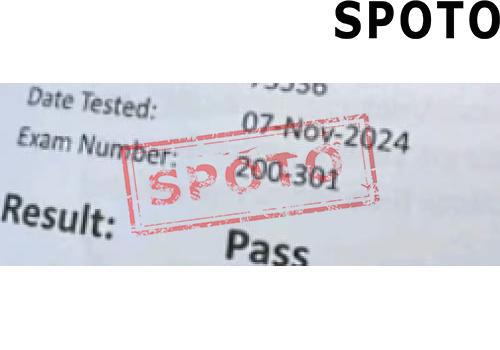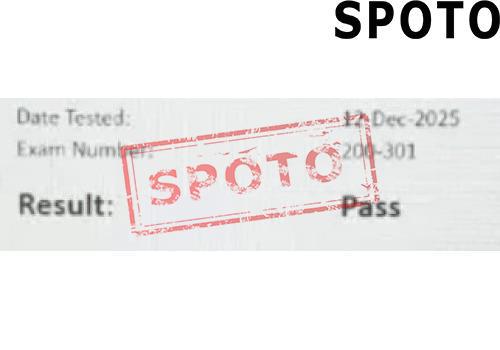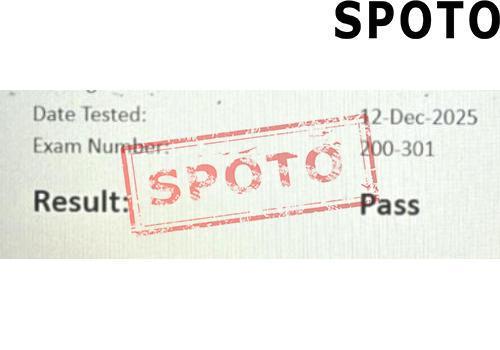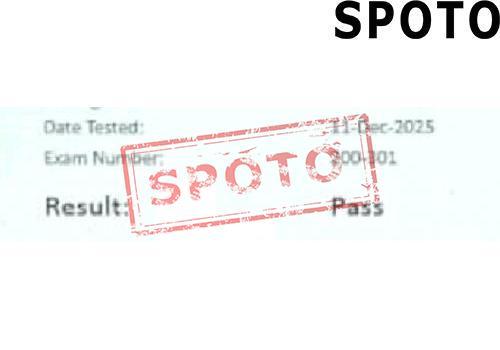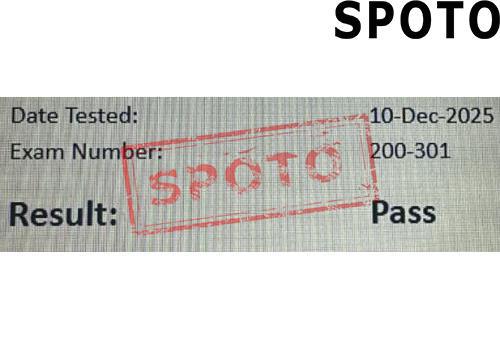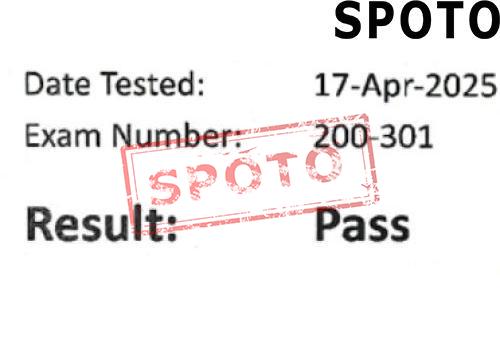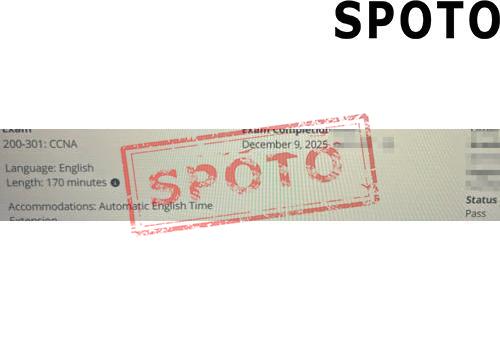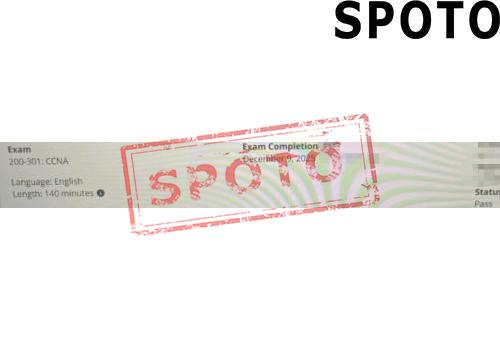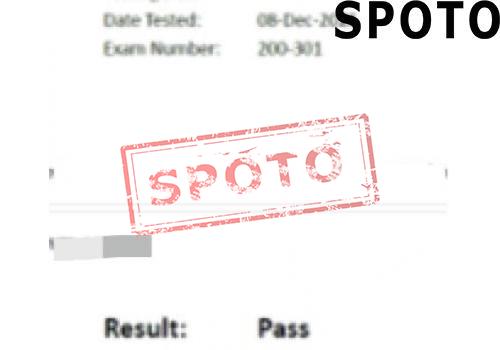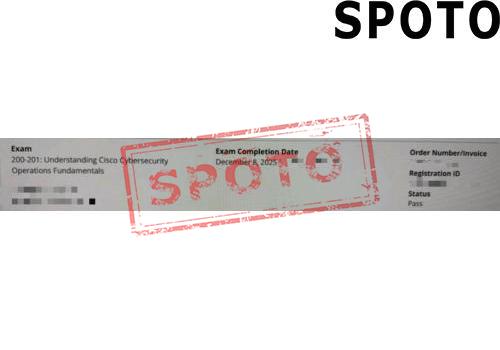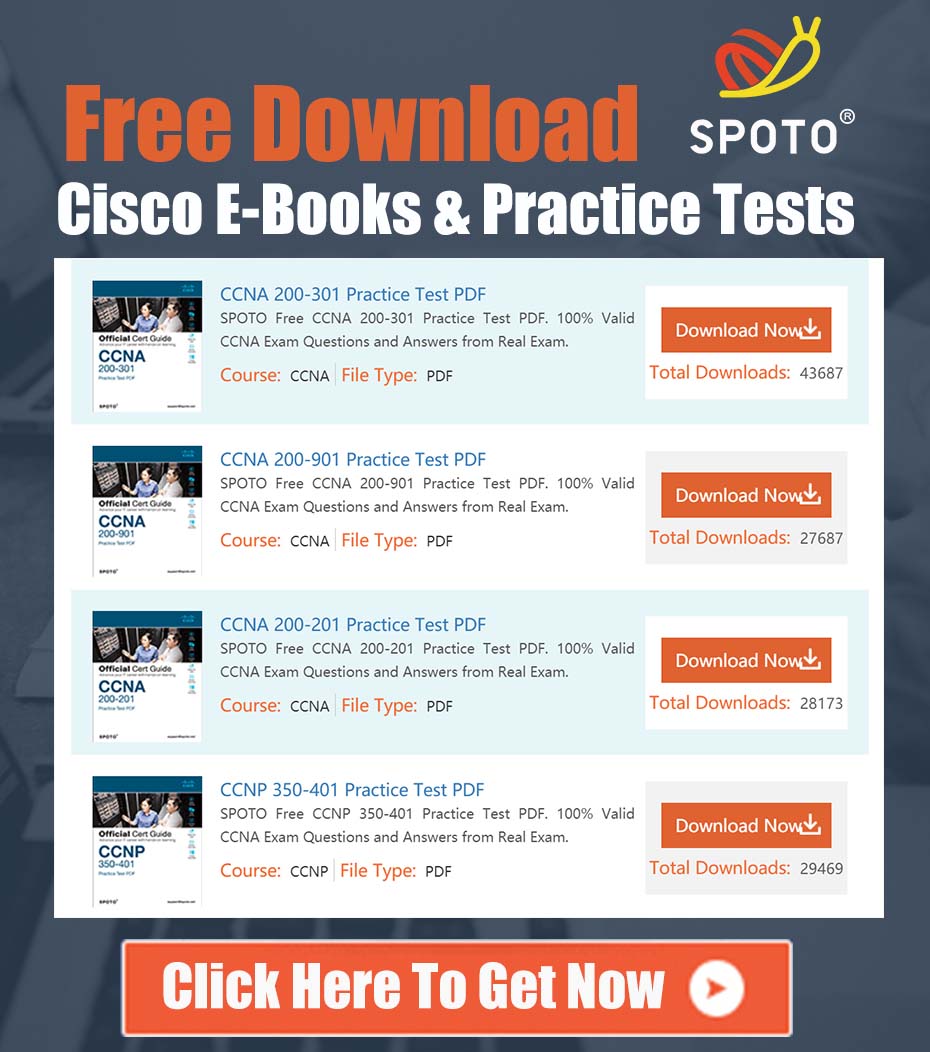
Table of Contents
The Cisco Certified Network Associate (CCNA) certification is a significant milestone for aspiring networking professionals. It covers a wide range of topics, from networking fundamentals to more advanced areas like security and automation. While rewarding, many candidates find certain topics especially challenging.
This article highlights some of the hardest topics in the CCNA syllabus and provides practical strategies to master them, ensuring you're well-prepared to pass the exam and excel in your networking career.
1. Subnetting
Why It's Challenging
Subnetting requires mathematical precision and a deep understanding of binary numbers, IP addressing, and network classes. Many learners struggle with converting between binary and decimal, calculating subnet masks, and determining the number of usable hosts.
How to Defeat It
- Understand the Basics: Start with the fundamentals of binary math and how IP addressing works.
- Practice with Subnetting Problems: Use tools like subnetting calculators or practice websites to solve multiple subnetting scenarios.
- Memorize Key Values: Learn common subnet mask values and their corresponding CIDR notations (e.g., /24, /26).
- Time Yourself: In the CCNA exam, you'll need to subnet quickly. Practice solving problems within a time limit to simulate exam conditions.
2. Routing Protocols
Why It's Challenging
The CCNA exam covers several routing protocols, including OSPF, EIGRP, and RIP. Understanding how these protocols function, their metrics, and their configuration can be overwhelming for beginners.
How to Defeat It
- Focus on OSPF: Since OSPF is emphasized in the CCNA, prioritize understanding its states, metrics, and how it calculates the shortest path.
- Visualize the Process: Draw diagrams to illustrate how routing tables are updated and routes are exchanged.
- Lab Practice: Use tools like Packet Tracer or GNS3 to configure and troubleshoot routing protocols. Real-world practice solidifies theoretical knowledge.
3. Access Control Lists (ACLs)
Why It's Challenging
ACLs are critical for controlling network traffic, but their syntax and application can be tricky. Understanding the difference between standard and extended ACLs, as well as configuring them correctly, often confuses candidates.
How to Defeat It
- Learn the Syntax: Memorize the structure of ACL commands and the differences between standard and extended ACLs.
- Practice Scenarios: Work on various examples, such as permitting or denying specific IP addresses or protocols.
- Experiment in Labs: Implement ACLs in lab environments to see how they affect traffic flow.
4. Network Address Translation (NAT)
Why It's Challenging
NAT involves translating private IP addresses to public IP addresses, which can be conceptually complex. Understanding different types of NAT (static, dynamic, and PAT) and their configurations can be daunting.
How to Defeat It
- Master the Concepts: Understand why NAT is used and how each type differs.
- Focus on Configuration: Practice configuring NAT on Cisco devices, paying attention to details like access lists and pool definitions.
- Simulate Real-World Use Cases: Create scenarios in labs where NAT is essential, such as enabling internet access for a private network.
5. Wireless Networking
Why It's Challenging
Wireless concepts in CCNA include security protocols (WPA, WPA2), standards (802.11a/b/g/n/ac), and basic wireless architecture. For many, this is a less familiar topic compared to wired networking.
How to Defeat It
- Understand the Standards: Focus on the differences between the 802.11 standards and their capabilities.
- Learn Wireless Security: Understand the security mechanisms used in wireless networks and their implications.
- Hands-On Practice: Use wireless routers and access points to set up networks and experiment with configurations.
6. Automation and Programmability
Why It's Challenging
Automation is a newer addition to the CCNA syllabus. It requires understanding programming concepts, APIs, and tools like Python. For those without a programming background, this can feel intimidating.
How to Defeat It
- Learn Basic Python: Familiarize yourself with Python syntax and concepts like loops and conditionals. Resources and tutorials on SPOTO and YouTube are great starting points.
- Understand APIs: Learn how REST APIs work and how to use tools like Postman to interact with them.
- Use Cisco's DevNet: Cisco's DevNet platform offers excellent resources to get started with network automation.
General Tips for Tackling Tough Topics
1. Break Down the Topics
Complex subjects can be overwhelming, but breaking them into smaller chunks makes them more manageable. Focus on one aspect at a time and build your knowledge gradually.
2. Leverage Online Resources
Platforms like Cisco Networking Academy, YouTube channels, SPOTO, and forums like Reddit's r/ccna provide valuable insights and community support.
3. Practice, Practice, Practice
The CCNA is a practical exam, so hands-on experience is critical. Tools like Cisco Packet Tracer, GNS3, and physical lab equipment can help you gain real-world skills.
4. Join a Study Group
Collaborating with peers can help you learn faster and keep you motivated. Join online communities, forums, or local study groups.
5. Use a Structured Study Plan
Create a study plan that allocates time for each topic. Dedicate more time to areas you find challenging, and review regularly to reinforce your knowledge.
Conclusion
The CCNA certification is challenging, but it's also a rewarding journey that lays the foundation for a successful networking career. While topics like subnetting, routing protocols, and network automation may seem daunting at first, they become manageable with the right approach.
By leveraging hands-on practice, breaking topics into digestible parts, and using online resources, you can overcome the hardest parts of the CCNA syllabus and emerge as a confident, certified networking professional.
